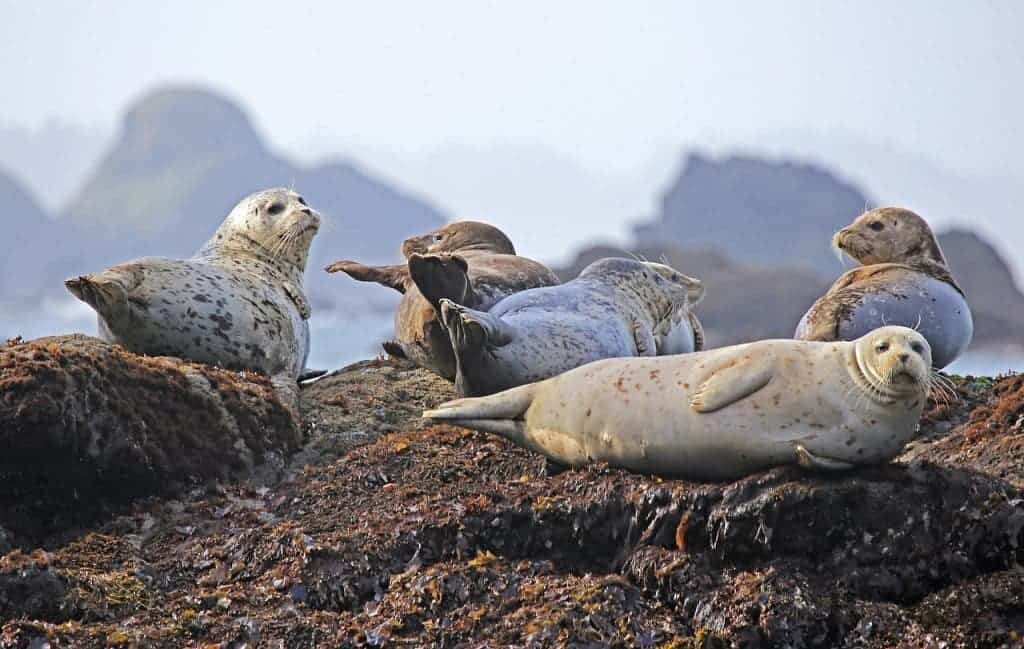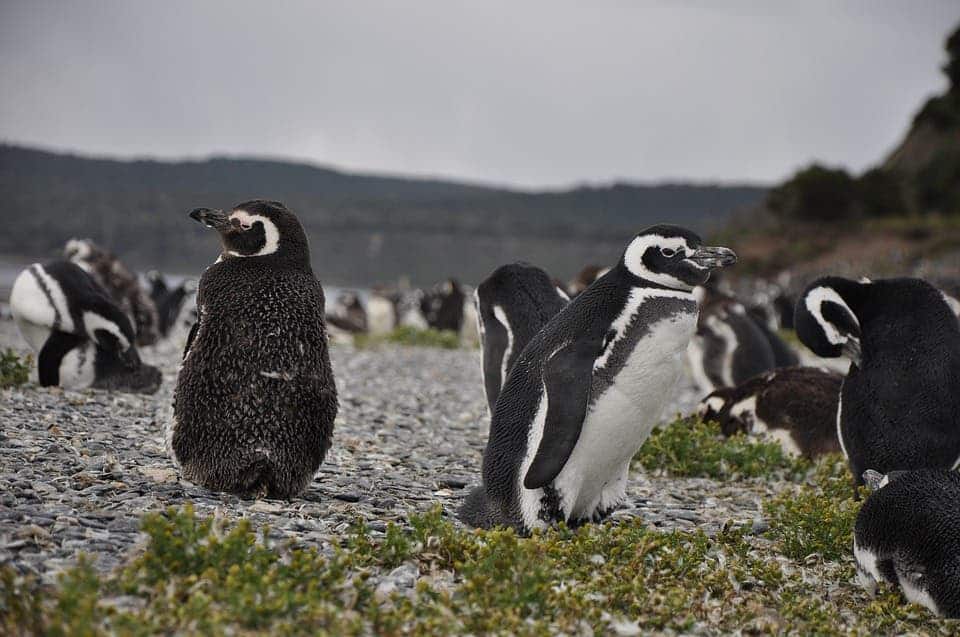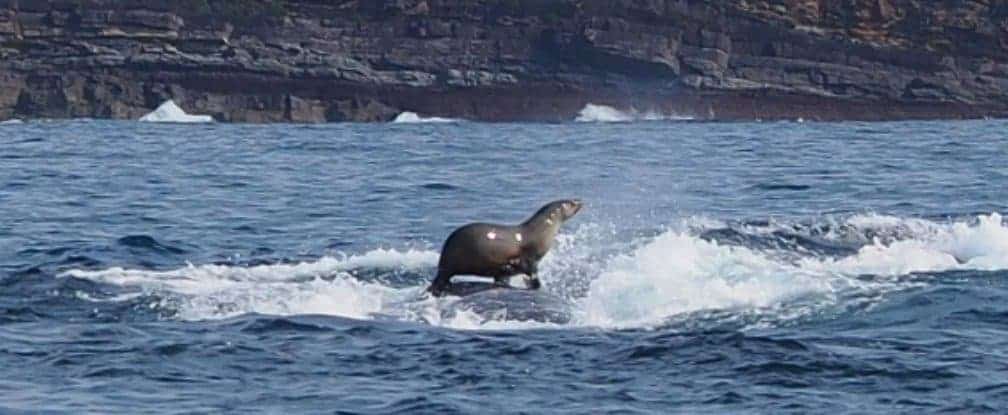Seals from colonies on the North Atlantic island of North Rona that had higher levels of the hormone oxytocin in their blood stay closer to pups. This suggests that the hormone, often called the love hormone because of its role in love and in female reproductive biological functions, is paramount to forming a mother-child bond.

Lead author Dr. Kelly Robinson of University of St. Andrews says oxytocin may predict maternal relationships in both humans and seals. “The link between oxytocin and maternal behavior not only has important consequences for pup survival in grey seals but helps us understand why some individuals, including humans, are better mothers than others,” Robinson said.
Oxytocin is a hormone that is made in the brain, in the hypothalamus. It is transported to and secreted by, the pituitary gland, which is located at the base of the brain. It’s sometimes known as the “cuddle hormone” or the “love hormone,” because it is released when people snuggle up or bond socially. A 2007 study published in the journal Psychological Science found that the higher a mom’s oxytocin levels in the first trimester of pregnancy, the more likely she was to engage in bonding behaviors such as singing to or bathing her baby.
“Mother-pup separation often results in starvation and is the largest cause of pup death in grey seals. Preventing separations between mothers and pups within a busy breeding colony is crucial for infant survival,” Robinson said.
“The link between oxytocin and maternal behaviour not only has important consequences for pup survival in grey seals, but helps us understand why some individuals, including humans, are better mothers than others,” she added.
Robinson’s team found that the distance between mothers and their pups ranged from 0 to 30 meters, and those mother seals that kept closest to their offspring had the most oxytocin in their blood. The less oxytocin, the larger the distance between mother and pup.
In 2011, a study on mice showed that oxytocin injections tamed even the most irresponsible mothers, mewling pups in their mouths.
“Some grey seal mothers are much better at raising pups than others, even when allowing for differences in the mother’s age and size and, as a result, some pups on a breeding colony die while others thrive. Studying the role of oxytocin, a hormone that regulates maternal behaviour, offers some insights into why such differences in individual behaviour occur,” Robinson said in a statement.
“Oxytocin has been linked to optimal maternal behaviour in humans and many captive animal species, but this is the first time such a link has been shown in completely wild animals in their natural habitat.”
Reference: Kelly J. Robinson et al. Maternal Oxytocin Is Linked to Close Mother-Infant Proximity in Grey Seals (Halichoerus grypus), PLOS ONE (2015). DOI: 10.1371/journal.pone.0144577.






